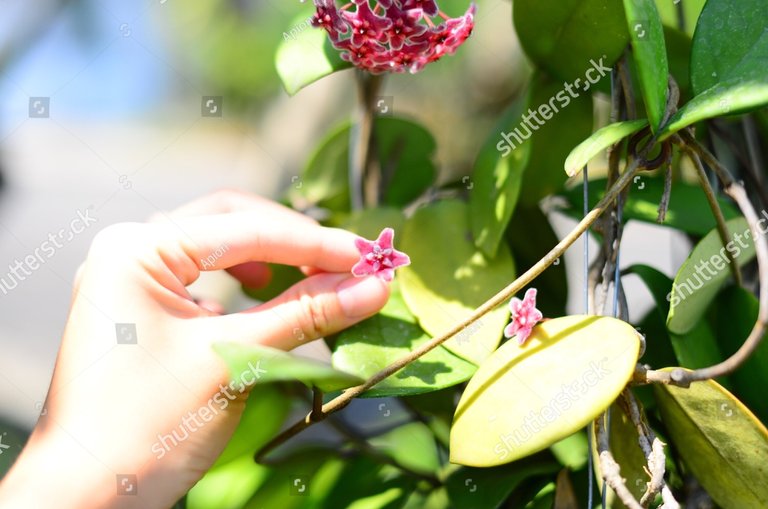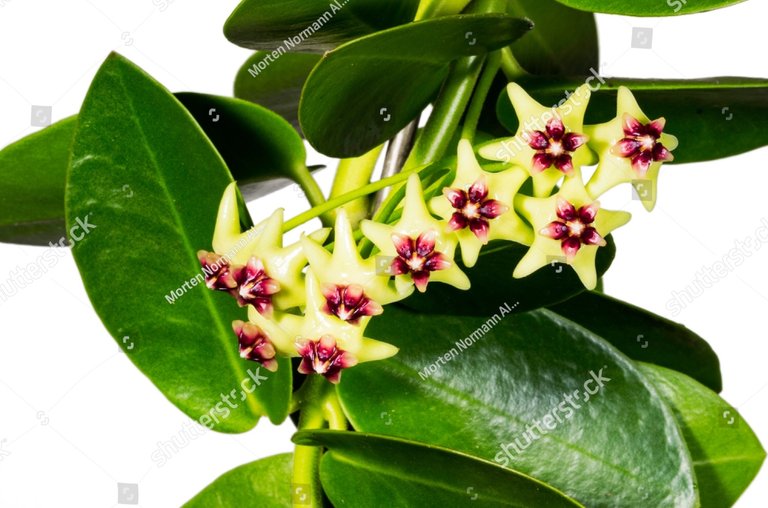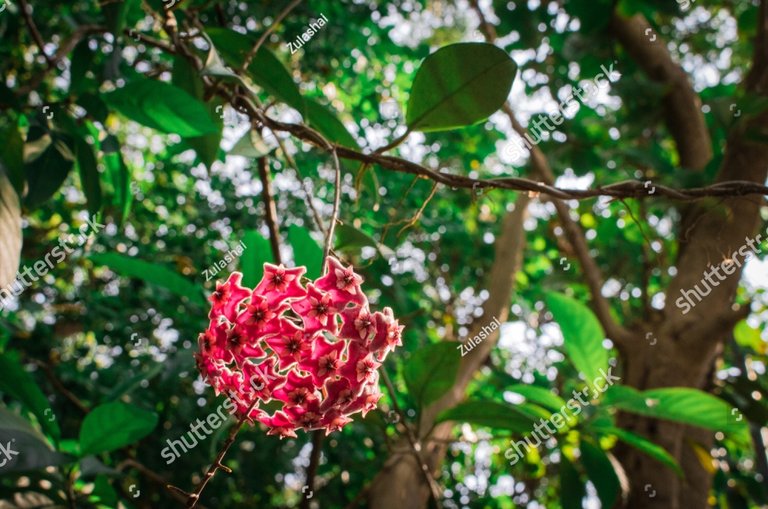If you remember a vine creeping around your grandmother’s kitchen, chances are it was a Hoya plant. This tropical plant — often called a “Wax plant” due to its thick waxy leaves — is a classic because it lives forever, grows to be enormous, and creates beautiful, porcelain-like fragrant flower clusters (it’s also often called “Porcelain flower”).




They are most often found growing as epiphytes in tropical forests where they climb up into or hang from the branches amongst the mix of other epiphytic plants. As they often grow lower in the canopy, as well as at the tops of the tress, they have a great adaption to varying light levels.

If you have a plant that hasn’t flowered and is quite old, try subjecting it to a dry, cool period during the winter while increasing the light level. Overall with a little attention, hoyas can give years of enjoyment with their waxy, sometimes fragrant, flowers and their green vining foliage that does well in low light.